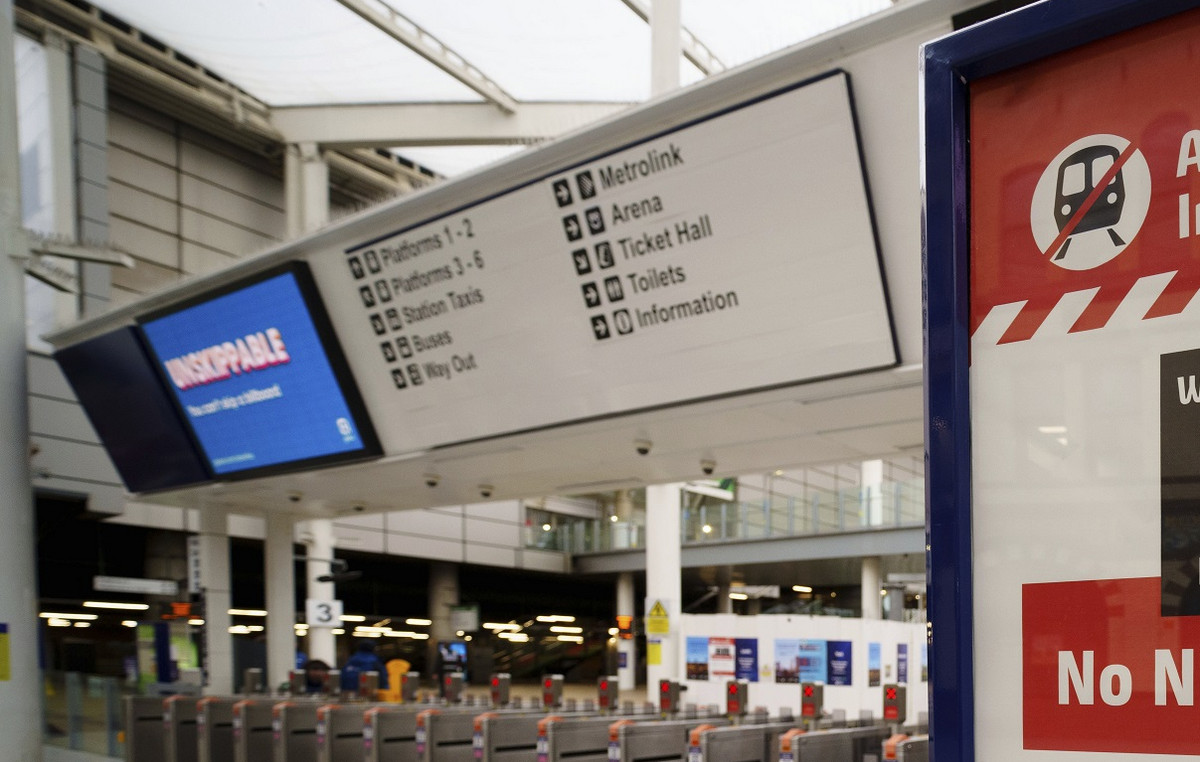A crowd took over the Marquês de Sapucaí on Friday (22) to accompany the first day of parades by the special group of Samba Schools in Rio de Janeiro.
More than 70,000 people attended the Sambadrome, which was paralyzed for two years due to the Covid-19 pandemic. In the stands, friezes and boxes, the public was thrilled with the passing of the clubs.
The first school to parade on the Passarela do Samba was Imperatriz Leopoldinense, who paid tribute to Arlindo Rodrigues. He launched himself as a carnival designer and storyteller after working as a costume designer.
On Avenida, Imperatriz showcased the elaborate and baroque style of Rodrigues, who died in 1987, but many of his creations are still present in Rio’s Carnival.
Afterwards, it was the turn of Estação Primeira de Mangueira to raise the public at Marquês de Sapucaí. The school honored three icons of green and pink on the avenue: the composer Cartola, the interpreter Jamelão and the master-room Delegado.
The idea of the plot came up during the pandemic because of the longing for the association and socializing with the community. For the drum queen, Evelyn Nascimento, it was a show based on emotion: “I’m thrilled. I never imagined being queen and honoring Cartola, Jamelão and Delegado”.
The third school to pass through the Sambadrome, Salgueiro showed different stories of resistance within Rio de Janeiro and neighboring cities. The highlight was the struggle of black people against racism and for the preservation of history and religiosity. The actress and model, Viviane Araújo, pregnant with her first child, commanded the Furiosa drums.
São Clemente paid tribute to comedian Paulo Gustavo, who died last year after complications from Covid 19. His visit to the Sambadrome was marked by irreverence. The school showed on the avenue an unconventional arrival of the comedian to heaven, with drag queens dressed as angels.
Artists, colleagues and family members of Paulo Gustavo participated in the parade, including the artist’s mother and the widower.
The penultimate parade at Marquês de Sapucaí was on behalf of Viradouro. The school in Niterói, in the Metropolitan Region of Rio de Janeiro, drew a parallel with what Brazil is experiencing today due to the pandemic.
Viradouro showed during the parade the feeling of Carnival after the Spanish Flu passed through the country, in 1919, and made a parallel with the present day and the return of the festivity after two years. The school is the current champion of Carnival in Rio.
Beija-Flor de Nilópolis closed the first day of the Grupo Especial parades in Rio de Janeiro. With the theme “Empretecer o Pensamento”, the school showed the fight against racism on the avenue. The school brought to Sapucaí all the intellectual contribution of black people to the construction of a more African Brazil.
In addition to the drums, one of the highlights of the Beija-Flor parade was the front commission, which protested against the erasure of blacks.
Carnival with great numbers
According to the Independent League of Rio de Janeiro Samba Schools (Liesa), around 24,000 people paraded at Marquês de Sapucaí on the first day. Each group had a minimum of 60 minutes to perform and a maximum of 70 minutes.
Among the mandatory requirements, the schools needed at least 200 percussionists on the drums, 60 from Bahia and four and six floats.
The jurors, 45 in all, were distributed by the Marquês de Sapucaí to rigorously evaluate nine questions:
- Drums;
- Samba-enredo (lyrics and melody);
- Harmony (integration between rhythm and singing);
- Evolution (if the dance progression follows the rhythm of the samba and the cadence of the drums);
- Plot (creation and artistic presentation of a theme or concept);
- Allegories and props;
- Costumes;
- Front commission;
- Master-room and flag holder;
Source: CNN Brasil







